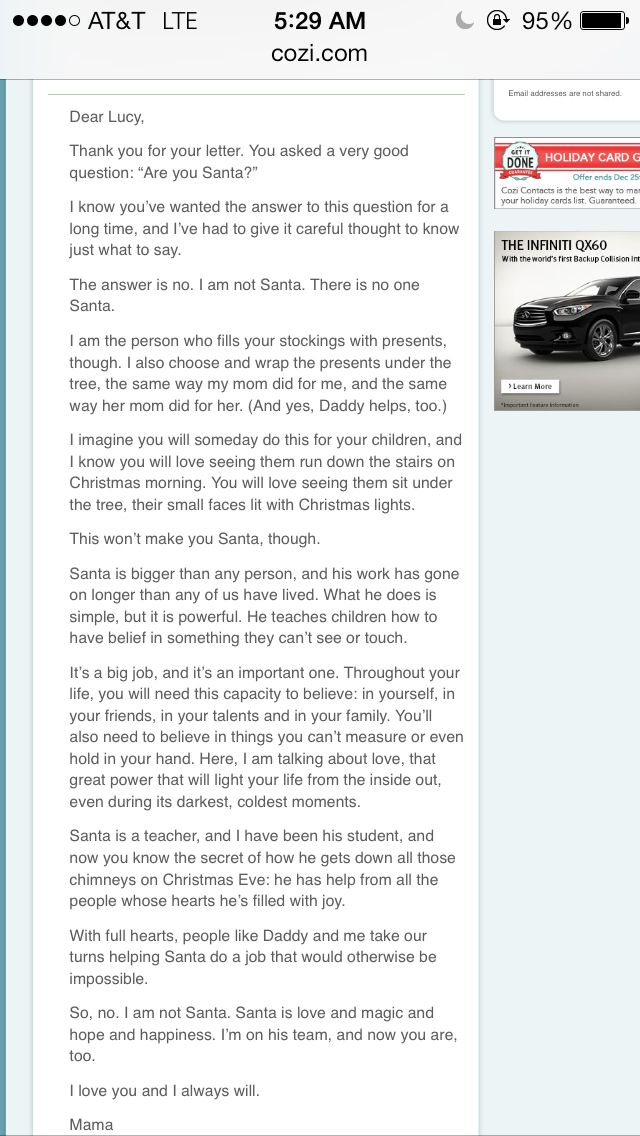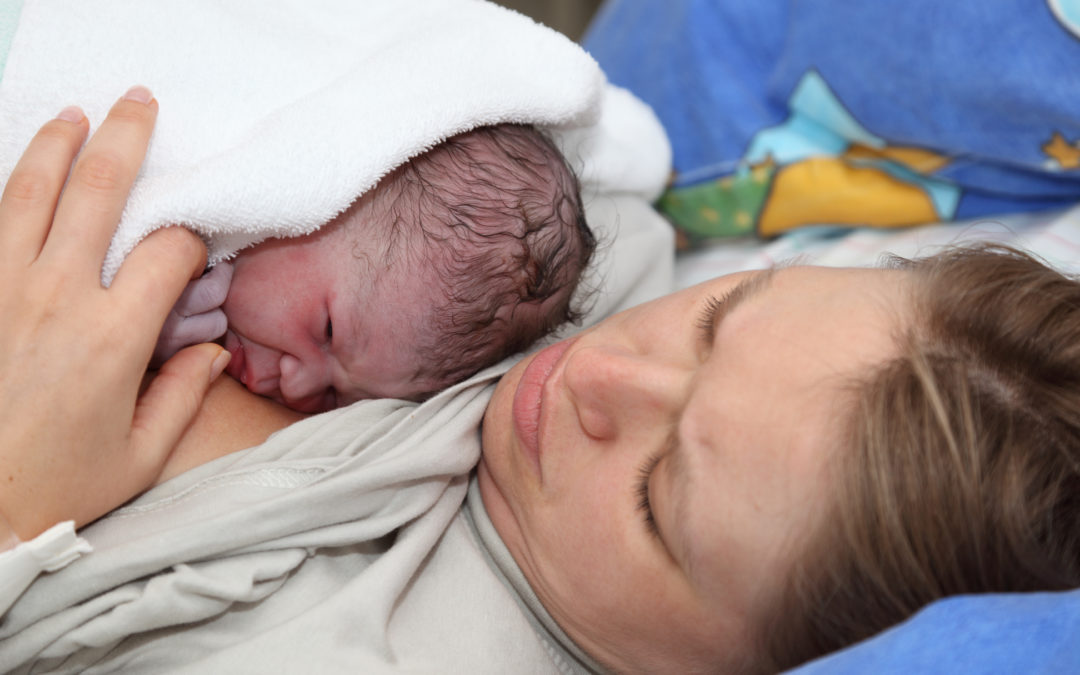How to tell your child santa isnt real
10 Ways To Tell Your Child The Truth About Santa
There comes a dreaded time in every parent’s life when they have to have “that” conversation with their kids. Nope, not the puberty, period, or sex talk, but the Santa talk. For years, parents have been secretly buying and hiding tons of gifts, then getting up in the middle of the night to wrap and/or place them inside stockings (with care) under the guise that they are from Jolly St. Nick. Kids believe that he magically enters the house in the middle of the might. Parents tell stories about Santa to their kids and warn them that he’s watching to see if they're being good or bad. They take photos at the mall and mail carefully crafted letters. It’s all part of Christmas tradition with kids.
RELATED: 10 Ways To Prep For Christmas (Even Though It’s October)
But at some point, as kids get older, they start to question things. How does Santa get inside when we don’t have a chimney? Is it really possible for Santa to visit every kid in the entire world in one night? Why does Santa look different this year versus last? And why does daddy have cookie crumbs on his pajamas? When you know it’s time to have “the talk” and tell them the truth, here are some ways you can do it.
10/10 Tell Them About Everyone at Once
Just rip the Band-aid off and tell them about all of the magical creatures that don’t really exist. Chances are, once you reveal the truth about Santa, they’re going to start questioning everything they know about the Easter Bunny, the Tooth Fairy, and others.
Prepare yourself for those questions and explain that, in every case, it was all about magic and believing in something. And whether Santa is real or not, they should still behave well all year and appreciate all of the gifts they receive, whether it’s toys from Santa, chocolates from the Bunny, or $5 bills from the Tooth Fairy.
9/10 Explain the Magic of Christmas
The point of introducing Santa to kids is to make them believe in the magic of Christmas. Our immense commercialization of the holiday has changed that. Explain to them that even though they now know that Santa isn’t real, the idea of him is one worth carrying on in order to help them enjoy the true magic of Christmas.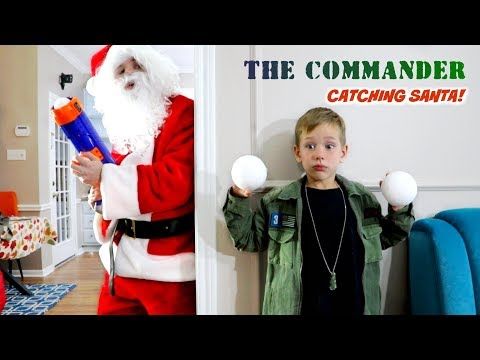
So even if they don’t believe anymore, they can think of Santa as someone who helps them do their best all year long and bring joy to everyone they meet. Ask them how they want to show they believe: maybe it’s putting together a gift basket for a child in need, or volunteering at a soup kitchen, for example.
8/10 Offer To Still Label Gifts From Santa
They might be upset about knowing the truth not only because that aspect of Christmas is ruined, but also because, let’s face it, they think it means they’ll no longer receive those gifts. Soften the blow by offering to continue to buy an extra gift or two, or small stocking stuffers, and fill their stockings so they can still wake up and have something special to open, even if they know it’s all from you.
RELATED: 10 Celebrity Babies Born At Christmas
It’s all about the element of joy and surprise, and if they know they can still get that, it might hurt a bit less. Plus, they’ll know who to thank once they’re done opening everything!
7/10 Tell Them the Story of When You Found Out
Start off with the story of how you found out the truth.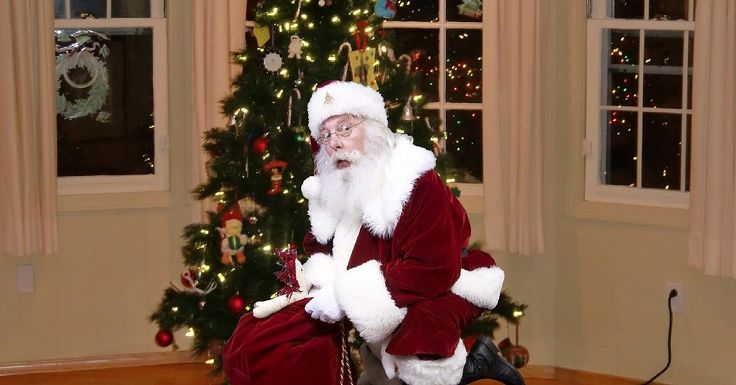 Whether you were younger than they are at the time, older, or maybe around the same age. Regardless of the commonality in age, find a way to make your experience relatable to theirs (or maybe yours was traumatizing or hilarious, which will make them feel better).
Whether you were younger than they are at the time, older, or maybe around the same age. Regardless of the commonality in age, find a way to make your experience relatable to theirs (or maybe yours was traumatizing or hilarious, which will make them feel better).
If you explain that their grandma and grandpa had you believing the same thing when you were a child, as did so many other kids’ parents, they might not feel resentful. And they’ll appreciate that you were only trying to make Christmas really special for them, just as your parents did for you.
6/10 Have Older Kids in the Family Talk With Them After
If your child has an older sibling, cousins, or other family members who are kids as well and already know the truth, have them sit down and talk with your child to let them know it’s okay and that they were all in the same position before.
The kids can help uplift your child and make them realize that there were good intentions, and that Santa can still be alive in their heart even if he isn’t actually a jolly overweight man with a white beard and a red suit.
5/10 Find a Book or Movie First
Find a book about the magic of Christmas, or watch a Christmas movie that will put your child in a calm and relaxed mood, and feeling good about Christmas. Perhaps a movie that touches on the topic of believing and not believing and discusses what the magic of Christmas is really about.
RELATED: 10 Ways To Celebrate Your Kid’s Birthday When It Is At Christmas
This might help your child see that Santa isn’t real in the physical sense, but the magic and joy around him and what he stands for it.
4/10 Write Down a List of Reasons Why Kids Believe in Santa
Give your child a list of why it’s still important to believe in what Santa stands for, even if they now know that a strange and jolly man doesn’t enter their home in the wee hours of the morning with a fleet of reindeer and a sleigh parked on your roof.
Show them that they can still believe in all of those reasons, like that someone is watching over them to make sure they make the nice list this year and not the naughty, and that their wishes can come true. Seeing it all on paper might make them OK with the truth.
Seeing it all on paper might make them OK with the truth.
3/10 Make Sure They Don’t Tell Younger Siblings
If you have multiple children, the subject of Santa can get touchy, especially with their youngest ones. As older children begin to question things, and friends in school reveal presumed facts that their older siblings tell them, kids will get wise to the fact that Santa isn’t real.
If you still want to keep the magic alive for the youngest kids, do your part at home by asking your older kids not to spill the beans to the little ones... at least not yet. They will feel special because they know something their younger siblings don’t, and you can promise to have them help with the process once you’re ready to tell the other kids, and even have them help with the shopping, wrapping, and stocking stuffing until then.
2/10 Wait Until They Come To You
Sometimes it’s best not to say anything and let kids run through the questions and suspicions they have in their minds for a while. Eventually, they’ll come to you and flat out ask. At that point, you can make the decision to deny, deny, deny, or tell them the truth.
Eventually, they’ll come to you and flat out ask. At that point, you can make the decision to deny, deny, deny, or tell them the truth.
They might appreciate your honestly, and actually feel validated that they figured it out on their own more so than hurt and upset. So waiting it out could actually work in your favor.
1/10 Take Them Somewhere to Celebrate the Milestone
After you’ve broken the news, soften the blow by planning a day or night out to get your child’s spirits up, maybe to a Christmas-themed party or amusement park, a skating rink, ice cream parlor, or dinner date to get their mind off things. You could even just drive through the neighborhood at night to look at all of the lovely lighted houses.
Let them see all of the joy Christmas brings, including to the faces of younger kids who absolutely love the idea of Santa and believing in him. Just seeing the smiles on kids’ faces as they wait in line for a photo with “Santa” might be enough to have your newly-informed child admit “I get it.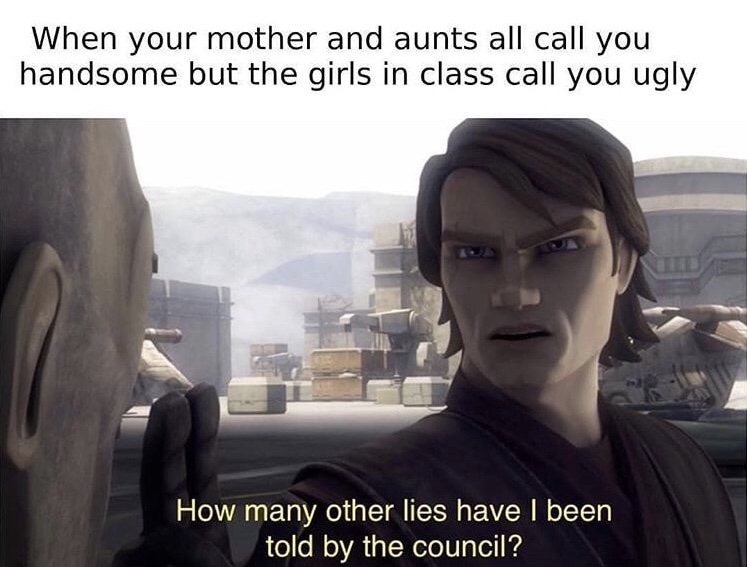 ”
”
NEXT: 10 Easy Christmas Crafts For Kids
Is Santa Real? How to Tell Kids About Santa Claus
Christmas Eve has its share of wonderful traditions: Playing Christmas music, eating Christmas Eve dinner, putting out Christmas cookies for Santa and staying up all night to try to get a glimpse of him as he puts the presents under the tree. But eventually, kids naturally wonder how Santa visits so many houses in one night (easy — he's magic), how he eats so many cookies without being sick (practice) and, sadly, whether he exists at all. Here's what to tell kids about Santa when those questions inevitably arise.
Is Santa real? Of course he is.
Let's begin with something we all know is true: Santa Claus is real. New York Sun's newspaper reported it in 1897 in response to an inquiring letter form an 8-year-old Virginia O'Hanlon. "Yes, VIRGINIA, there is a Santa Claus," newsman Francis Pharcellus Church wrote. "He exists as certainly as love and generosity and devotion exist, and you know that they abound and give to your life its highest beauty and joy. Alas! how dreary would be the world if there were no Santa Claus. It would be as dreary as if there were no VIRGINIAS."
"He exists as certainly as love and generosity and devotion exist, and you know that they abound and give to your life its highest beauty and joy. Alas! how dreary would be the world if there were no Santa Claus. It would be as dreary as if there were no VIRGINIAS."
Francis Pharcellus Church must've done his research: There are historical records about St. Nicholas going all the way back to the 3rd Century. According to those documents, he was probably born around 280 A.D. somewhere in modern-day Turkey. His kind acts made him the patron saint of children.
And anyone who's seen Miracle on 34th Street understands the following: The fact that the postal system delivers letters to the North Pole proves that the federal government recognizes a Santa Claus. (And that's proof that can hold up in court!)
Now that that's all taken care of, it's natural for kids to eventually express some hesitation about Santa's magic. When those times arise, it can be hard to figure out how to respond to kids when the doubts start to creep in. Here's what to look out for, and what to tell kids about Santa when they start to probe for answers.
When those times arise, it can be hard to figure out how to respond to kids when the doubts start to creep in. Here's what to look out for, and what to tell kids about Santa when they start to probe for answers.
Keep an eye out for questions, and how they're asked.
Questioning Santa Claus is a natural part of getting older. What parents can control, though, is how they respond to them. Are kids just probing for more information about Santa, or is something else at work?
Once you notice the questions coming more often, it might be time to figure out how to wind things down. "Sometimes, it’s less about when your child is ready and more about when you are ready," says MegAnne Ford, a parenting coach and owner/CEO of Be Kind Coaching. "We as adults started the story, and it's our job as adults to finish the story."
While one or two queries might not signal the end, it could be time to start preparing. "As soon as your child starts questioning, it's time to start the planning process," Ford says. "Think of this as an invitation to decide how your family will view the story of Santa, in your unique way."
"As soon as your child starts questioning, it's time to start the planning process," Ford says. "Think of this as an invitation to decide how your family will view the story of Santa, in your unique way."
Related Story
- 38 Christmas Traditions to Start With Your Family
You don't have to come out with it all right away. "When a child starts asking if Santa Claus is real, most parents I know — myself included — either say 'of course,' or redirect the question to not quite answer it," says Emily Edlynn, Ph.D., who runs The Art and Science of Mom. "When a child is satisfied with this, even if they start to have doubts, they may not be ready to stop believing."
But, eventually, there may be a shift in the way they ask the question. "When a child says something along the lines of, 'Santa isn't real, is he?' it can be useful to reflect the question back to them to figure out why they think so," Dr. Edlynn says. When they're older and can think more critically, they'll tell you Santa isn't real, and especially when their peers are talking about Santa not being real. These are good indicators they're ready to hear the truth."
When they're older and can think more critically, they'll tell you Santa isn't real, and especially when their peers are talking about Santa not being real. These are good indicators they're ready to hear the truth."
As for when the shift starts to happen, it's different depending on the child, but expect the questioning to get serious somewhere between the ages of 7 and 10. In 2019, House Method surveyed more than 4,500 families across the United States, and found the overall average age for no longer believing in Santa Claus is 8.4 years old. (But it varies by state: Kids in Mississippi generally believe until they're 10, while kids in Oregon stop believing at 7.)
Respond to your child's emotions.
Children react differently to hearing the news about Santa. "My 9-year-old daughter seemed proud to have matured into this grown-up secret she could keep from her younger siblings!" Dr. Edlynn says. Others might feel embarrassed that they believed for so long, or are sad to lose the version of the Santa they knew.
Don't try to direct your kids to react a certain way. "Your role as a parent is not to govern your child’s emotions, whether positive or negative," Ford says. "It's your role to create a safe, loving and validating environment. Make sure that the focus is on honesty, connection and compassion, and that'll ensure the conversation ends in everyone’s favor."
He exists as certainly as love and generosity and devotion exist.
You can also focus on ways to keep the good feelings associated with Santa going. "It's fun to talk to kids about ways we can keep up the Santa spirit during the holidays even if we are too old to believe in the red-suited man handing out gifts all night," Dr. Edlynn says. "Talking about the spirit of Santa — generosity, kindness, happiness — can help keep the magic alive, no matter our age."
Evolve to the next step.
You can use this as an opportunity to start a new kind of tradition with your family. They may feel pride in finally being old enough to make Christmas Eve dinner with the family chef, for example, showing them that they gain Christmas magic as they age instead of just losing it.
They may feel pride in finally being old enough to make Christmas Eve dinner with the family chef, for example, showing them that they gain Christmas magic as they age instead of just losing it.
One anonymous parent, whose idea went viral through an admiring Facebook post, came up with a brilliant idea that takes that last point to the extreme: Tell children that, while they don't receive presents from Santa, they're now old enough to become Santa. She explains:
When they are 6 or 7, whenever you see that dawning suspicion that Santa may not be a material being, that means the child is ready. I take them out "for coffee" at the local wherever. We get a booth, order our drinks, and the following pronouncement is made: “You sure have grown an awful lot this year. Not only are you taller, but I can see that your heart has grown, too. [Point out 2–3 examples of empathetic behavior, consideration of people's feelings, good deeds etc, the kid has done in the past year].In fact, your heart has grown so much that I think you are ready to become a Santa Claus. You probably have noticed that most of the Santas you see are people dressed up like him. Some of your friends might have even told you that there is no Santa. A lot of children think that, because they aren't ready to BE a Santa yet, but YOU ARE ... We then have the child choose someone they know — a neighbor, usually. The child's mission is to secretly, deviously, find out something that the person needs, and then provide it, wrap it, deliver it — and never reveal to the target where it came from. Being a Santa isn't about getting credit, you see. It's unselfish giving.
While its exact origins are unclear, the little essay has circulated online forums for years, and before popping up in that viral Facebook post (where you can read more details about the mom's technique for revealing the Santa truth):
View full post on Facebook
Charity Hutchinson, the admirer who shared the story, told the Huffington Post that she doesn't know where it came from, but "I wish I could say I had thought of it myself ― it's pretty brilliant!" Since she has two sons, she wants to her children enjoy Santa at first but eventually learn that the holiday involves more than just presents.
"Christmas is about helping others, giving selflessly and being thankful for what you do have and not what you don't," she said. "Reading this parent's story made me feel like I could, even as a Christian, encourage my children to believe in him so that one day they could become a Santa and give to others." While that day may come faster than most parents like, it can be the beginning of a new holiday tradition for years to come.
Related Story
- Christmas Is Better Now That My Kids Are Adults
Caroline PicardContributing Writer
Caroline is a writer and editor with almost a decade of experience. From 2015 to 2019, she held various editorial positions at Good Housekeeping, including as health editor, covering nutrition, fitness, wellness, and other lifestyle news. She's a graduate of the Medill School of Journalism and dreams of the day Northwestern will go back to the Rose Bowl.
How to talk to a child about Santa Claus: 6 advice from a psychologist - "Osvitoriya"
Text author: Alina Miroshnikova How to talk to children about holiday miracles, gifts and a New Year's magician? Explains child psychologist Olga Pechiy.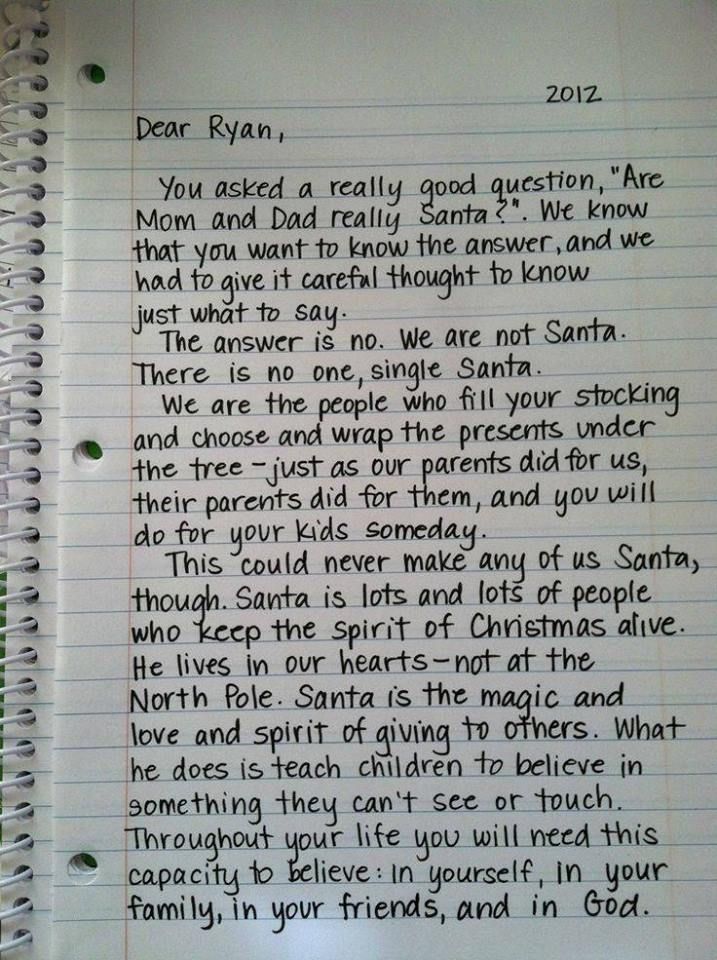
One of my childhood friends was shocked when she saw how Father Frost, who came out of the neighbors' apartment, was taking off his beard. The parents did not explain anything, and the six-year-old girl decided that the fairy-tale hero was a deceiver.
However, most often it is not about physical exposure, but about the realization that the New Year's grandfather does not exist. It is difficult to protect a child from “spoilers”: peers, educators or teachers can tell. The foreign press often writes about scandals when teachers have to apologize or even quit their jobs because of careless words about a “fictitious Santa”. It is easier with us, but many parents are afraid that the child will be traumatized by the words of outsiders.
In fact, for a mentally healthy child, this can become a great stress, only if seasoned with negativity. For example, classmates ridiculed, or the teacher said that with bad grades, parents would not buy gifts for the New Year, and Santa Claus was an invention.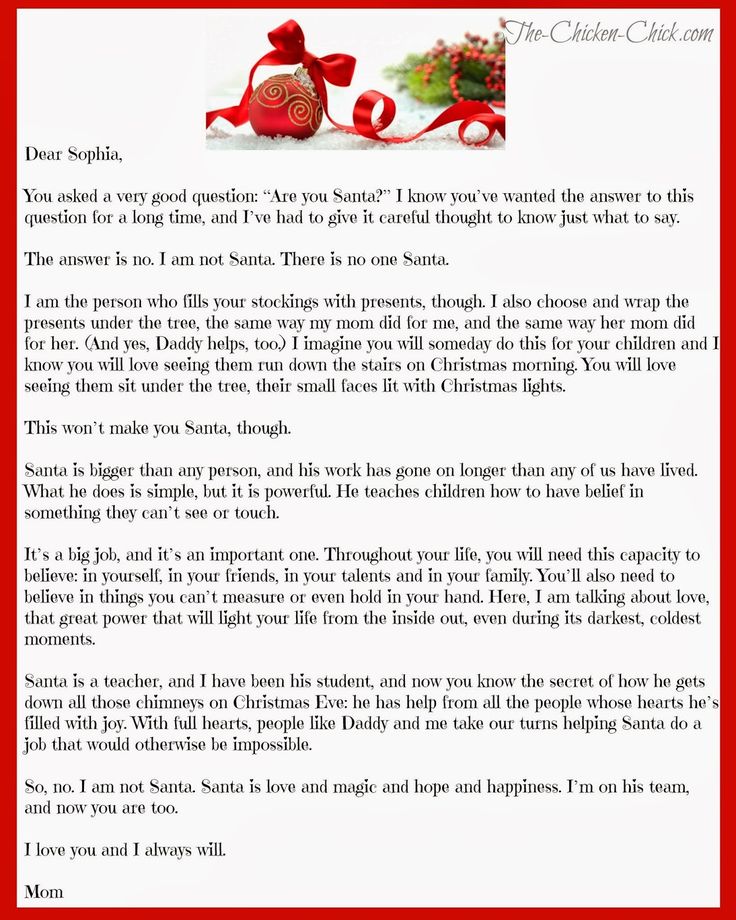
If this happens and the child is upset, the parents should not be silent or mutter a confession. It is important to "beat back". Even if you think it's time to tell the truth, let it not be in this form. Explain that Santa Claus only comes to those who believe in him, and the teacher was just angry.
A child does not need a special conversation about the reality or unreality of Santa Claus. However, you need to prepare the child day by day for his own discovery.
For preschoolers, reality and a fairy tale are not separated, and their main occupation is a game where everything is not real. It helps develop imagination. In their world, not only the New Year's wizard is real, but also fairies, fixies, babayki. Even if the kid asks about something, he is waiting for the details of the fairy tale, and not at all an exposure, and he himself justifies any “puncture”. Met five Santa Clauses in a day? He tells himself that these are uncles in disguise, and the real one is in the North. Does mom put presents under the tree? So Frost passed them on.
Does mom put presents under the tree? So Frost passed them on.
Primary schoolchildren develop critical thinking. It is important for them to know how everything works in adults. At 6-10 years old, most children themselves are already aware of what and how, if their doubts are supported. For example: “We agree, son, it is unlikely that the magician will have time to go around all the houses in one night. Maybe he inspires moms and dads what to put under the Christmas tree? Let the kid realize that we are not really expecting a fairy-tale hero, and gifts under the Christmas tree are a tradition. Do not refuse it, otherwise the children will feel left out.
It will be possible to save the holiday miracle if you invite your child to become Santa Claus for someone else. For example, leave a gift for a neighbor's baby under the door. Then the child will think not “I was deceived because I was small”, but “I grew up and was trusted to maintain faith in miracles. ”
”
Do not impose a holiday
A child's discovery that Santa Claus does not exist can injure ... parents. Many are sad that they are not able to continue to be wizards for their son or daughter. Some moms and dads try to keep playing. And the schoolboy, although playing along, is gradually annoyed that he is considered a baby.
Children's faith in a fairy tale enhances the feeling of a holiday. But if she is lost (no matter how old the child is), treat him delicately, do not force him to portray a naive baby. Even coming to the house of Santa Claus, reading New Year's poems for a gift at 9-11 years old can seem shameful. And even more so the mention in front of other children that “Vasya was so looking forward to a gift from Santa!”
If it's a teenager who defiantly goes to bed, make concessions. Let him invite friends to New Year's Eve and celebrate according to his own scenario, but under your supervision. I know families where parents suffered while heavy rock rumbled from the next room, but a few years later the grateful son again celebrated a family holiday with them with pleasure.
Do not drag adults into holiday conflicts
If adults quarrel over a fairy-tale character, the child is always anxious. In recent years, the choice of the "master of the holiday" has caused a lot of emotions: Father Frost, Santa Claus or St. Nicholas.
A child can hear an argument between a mother who says that “St. Nicholas is a real Ukrainian tradition” and a grandmother who thinks that “what is childhood without Santa Claus”. As well as dad, who is sure: “Santa should come to a modern baby, like to all European peers.” There are even conflicts among parents in kindergartens and schools where matinees are planned.
Do your best not to involve the child in such conflicts. Teach him to be tolerant of the fact that other families may have traditions that are different from yours.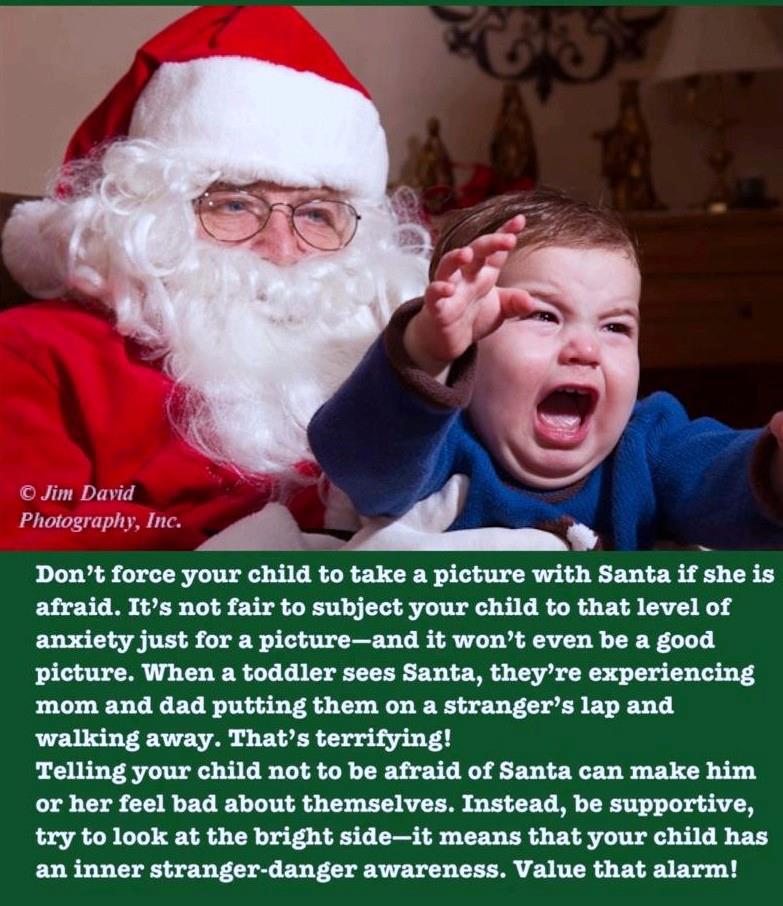
Strange clothes, a deep voice, a beard that none of the acquaintances wear, a big stick, a bag… It is not surprising that not all children at the age of 2-5 are ready to approach the “strange uncle” who was called home. There is no point in pushing, shaming. All the more harmful are the threats that Santa Claus will leave with gifts. You do not want your child to overcome his dislike for strangers in the future, do you?
It is better to lead the animator into the largest room so that the child can observe from afar. You can sing or recite a poem yourself. Then there is a chance that the baby will join. But even if he refuses to come up and talk, do not interrupt the performance of the animator. Otherwise, unpleasant experiences can take hold and develop into a real clausophobia - the fear of Santa Claus.
In such cases, let the actor talk to the parents about the child, his interests, achievements.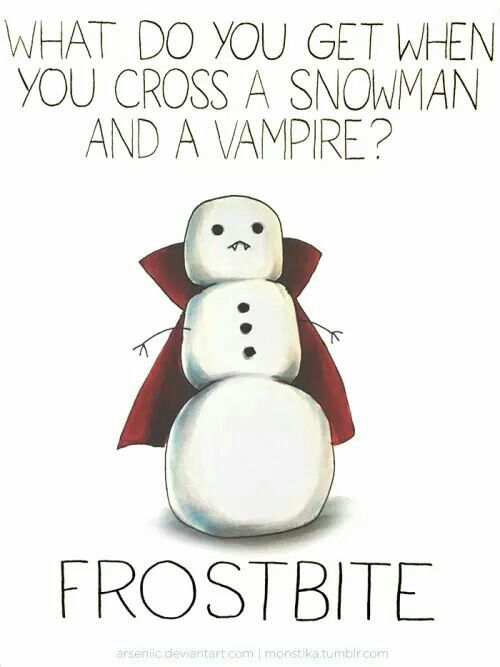 And he will tell about his fabulous life and leave a gift. Then the son or daughter next year will be ready to join the celebration.
And he will tell about his fabulous life and leave a gift. Then the son or daughter next year will be ready to join the celebration.
Don't tell your child that Santa only gives gifts to polite boys and girls. First, if the children know that they have behaved badly, but still receive gifts, they may think that Santa approves of such antics. Secondly, it teaches self-interest and appreciation in relationships - subsequently, parents risk hearing: “What will happen to me for this?”
It also sets you up to compare gifts. “If Kolya was given a robot, and only cubes were given to me, is he more obedient than me?” Of course, there are not always funds to fulfill the whims of a child. Therefore, leave a loophole: “Santa Claus does not automatically grant wishes, but makes surprises. Sometimes he knows best what can bring you more joy this year.”
However, you don't need practical gifts like sweaters or backpacks.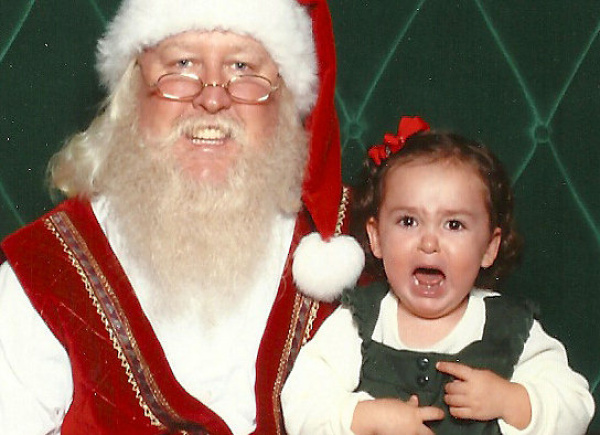 One chance in a hundred that a child will appreciate them. And the New Year is such a holiday when the benefit must give way to joy.
One chance in a hundred that a child will appreciate them. And the New Year is such a holiday when the benefit must give way to joy.
Share this article
How to tell a child that Santa Claus (read Santa Claus) does not exist? — Bobruisk news portal Bobrlife
Texas history teacher Leslie Rush wrote about how her family has been telling the truth about Santa Claus for generations. And this method is so beautiful that they want to share with everyone.
– When a child is six or seven years old and you notice the first doubts about the existence of Santa in him, it means that he is ready. I usually take them to a cafe and, after placing an order, I give a speech: “You, of course, have grown a lot this year. And not only got taller, I see that your heart got bigger too.” (Here I give two or three examples of compassion, consideration for the feelings of other people, good deeds of a child over the past year).
“In fact, you have grown so much that you can become Santa Claus yourself.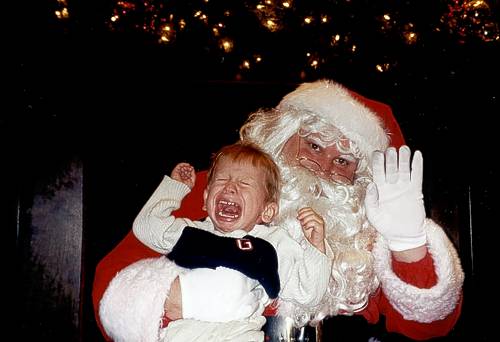 You may have noticed that most of the Santa Clauses you see are people dressed up as him. Some of your friends might have told you that it doesn't even exist. Many children think this way because they are not yet ready to be Santa. But you are ready.
You may have noticed that most of the Santa Clauses you see are people dressed up as him. Some of your friends might have told you that it doesn't even exist. Many children think this way because they are not yet ready to be Santa. But you are ready.
Tell me about the best thing about Santa. What does he get in return for his efforts? (Transfer the child's attention from the cookies that are left for Santa's arrival to the feeling of satisfaction from having done something for others). Now you're ready for your first job as Santa!"
Make sure you have a mysterious voice. Ask the child to choose a person, such as a neighbor. The mission of the child is to secretly find out what this person needs and then provide him with it, wrap it in gift paper and deliver it. And never reveal that he did it. Being Santa is not about receiving approval—it's about the selfless desire to give.
This is how my eldest son chose the “witch aunt” who lives on the corner. The woman really inspired fear: there was a fence around her house and she never allowed children to come behind her to play ball or frisbee. She often yelled for the kids to play quieter and all that. On the way to school, his son noticed that every morning she went out on the porch to pick up the mail barefoot - and decided that she needed slippers. So he had to be a spy and hide in the bushes to find out the approximate size of her legs.
She often yelled for the kids to play quieter and all that. On the way to school, his son noticed that every morning she went out on the porch to pick up the mail barefoot - and decided that she needed slippers. So he had to be a spy and hide in the bushes to find out the approximate size of her legs.
When we bought her some warm slippers, he wrapped them up and put "Merry Christmas from Santa" on top. One evening, after dinner, he went to her house and placed a gift under her door. The next morning, we watched her walk out onto the porch, pick up her package, and walk into the house. My son was beside himself with impatience to find out what would happen next. And the next morning we saw her - picking up the mail in warm slippers. The son was euphoric. I had to remind him that NO ONE should ever know he did it or he wouldn't be Santa anymore.
Over the next few years, he selected many people for gifts and always chose a unique, personalized gift for them. One year he thoroughly cleaned his bike, changed the saddle on it and gave it to the daughter of one of our friends.